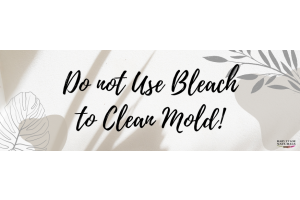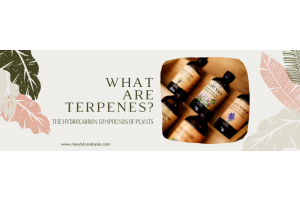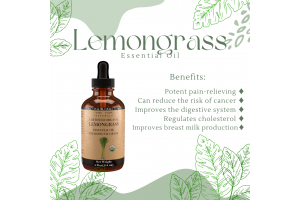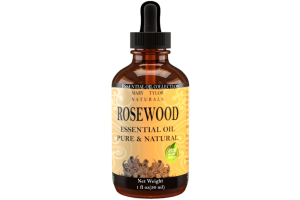Chromotherapy; Can color improve your health?
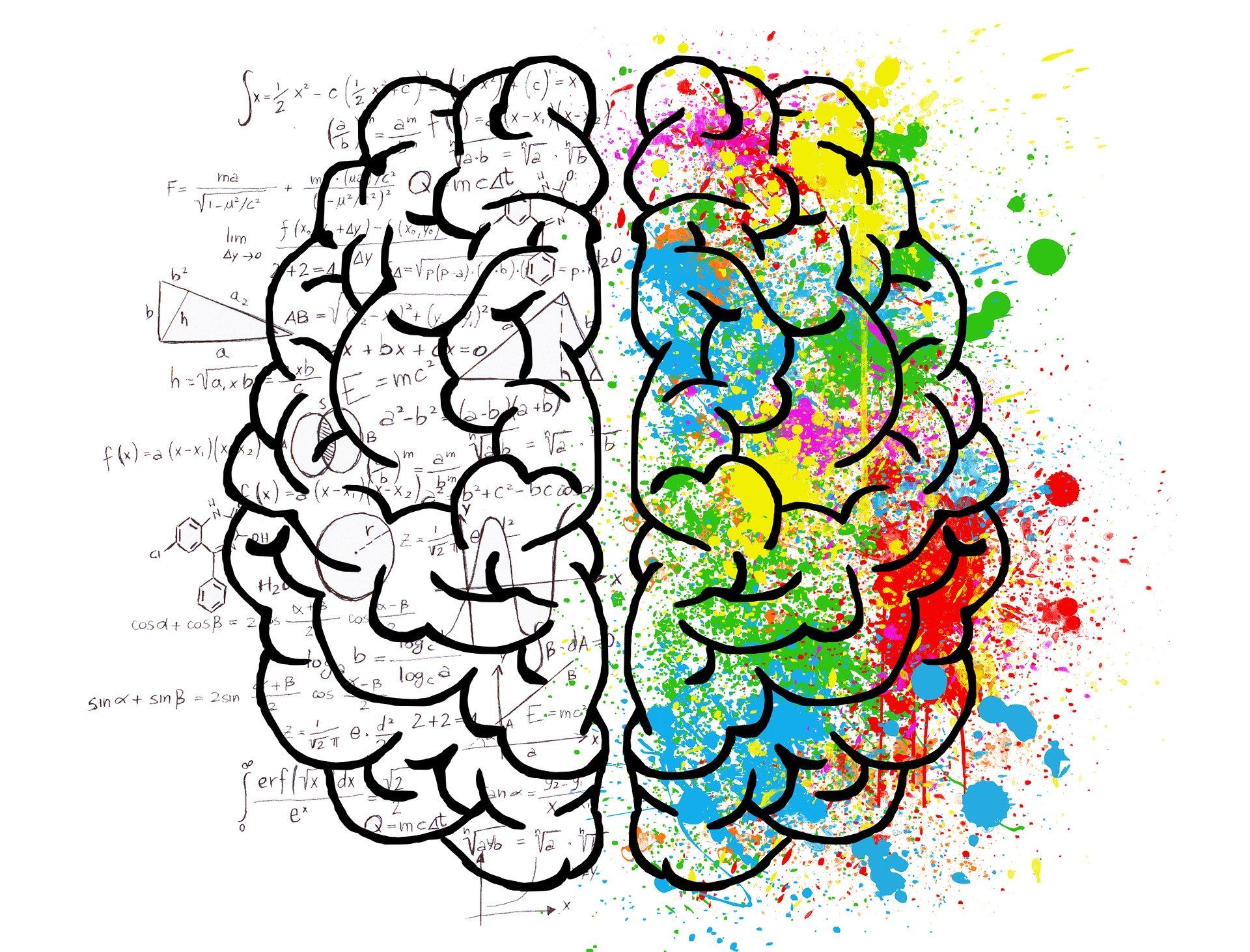
Chromotherapy: Can color improve your health?
Chromotherapy is defined as a practice that exposes patients to a visible spectrum of colors in the form of electromagnetic light to promote healing.
In ancient times, Egyptians widely used color therapy in their healing rituals by utilizing items such as crystals, minerals, stones, plants and dyes. Archaeologist have even discovered differently colored healing chambers in ancient treatment areas. The Egyptians highly regarded colors as powerful and believed their god, Thoth, aided in the use of healing with colors.
But in the current day, are colors really able to help us find better health?
A study published by the Department of Physics at the University of Balochista stated that colors generate electrical vibrations and emit energy that activate processes in the human body. Chromotherapy is believed to promote hormonal secretions of stimulants and sedatives the body releases to balance functioning systems such as the sleep/wake cycle and the natural circadian rhythm.
Scientist Dinshah P. Ghadiali, author of the Spectro-Chrome Encyclopaedia stated that the main goal of Chromotherapy is to promote healing by resetting the balance of energies in the body. His research discovered that colors emit energy and vibrations that either sedate or stimulate natural biochemical reactions. His research claims when energy of certain colors is exposed to different organs and systems of the body, one could apply the correct color to help balance an organ or body system and promote healing.
Currently, light therapy is an accepted practice in some forms of modern medicine. For example, in neonatal care units, babies with jaundice are exposed to blue light. This blue light exposure is used to break down an excess of bilirubin in the newborn’s liver. Modern physicians also use light therapy in patients with Seasonal Affective Disorder (SAD) to help manage symptoms of depression, anxiety and low moods.
Certain colors are believed to impact specific body systems. Yellow light is said to provide healing to internal tissues and purify the skin. Red light is believed to impact the circulatory and nervous system, promote red blood cell production and encourage the body to burn fat. Orange light has been shown to aid in respiratory issues and induce a more calming mood. This is why many alternative practitioners recommend the use of Himalayan salt lamps, which emit healing negative ions, purify the air and provide a serene orange glow. Green light in chromotherapy is used to promote calm energy and relaxation. Purple light is believed to directly impact the lymphatic system and treat various forms of inflammation. And as previously stated, blue light is used to treat liver issues and to lower bilirubin levels. Blue light exposure has also been linked to inducing the production of melatonin and to help promote a better night’s sleep.
How to do Chromotherapy
Many people find health benefits from experiencing sessions in a chromotherapy sauna, which is an infrared sauna that contains healing lights to promote detoxification, balance and wellness.
There are also other ways you can practice chromotherapy at home. An inexpensive way to do this is to purchase colored incandescent bulbs and place them into lamps around your home. As mentioned previously, certain colors promote different things. For example, if you have a fussy child who struggles to fall asleep, placing a blue light bulb in the lamp in there room and exposing them to that light an hour before bedtime may help induce a feeling of calmness and help them fall asleep easier. You can use a variety of other colors to promote different atmospheres. People have reported an increase in physical stamina and internal will-power when they exercised while being exposed to red light. Red is a color that, for most people, symbolizes strength and power.
Color photons have their own wavelength and frequency. The way we perceive colors is because of their emitted vibrations and each color reacts to our eyes and body cells in a certain way as a result. Everyone’s perception is different as well. Therefore, one color may be calming to one person, but alarming to another. This is why natural practitioners work with clients to find colors, lights, sounds and other natural modalities that promote healing specific to each patient.
In your own home, you can place differently colored light bulbs in your lamps and see what your body responds to. You may find that a specific color makes you feel better verses another color.
Color therapy is a unique therapy because it does not require any physical effort or internal consumption to try. If you think chromotherapy would benefit you, find a local natural practitioner and try it!

